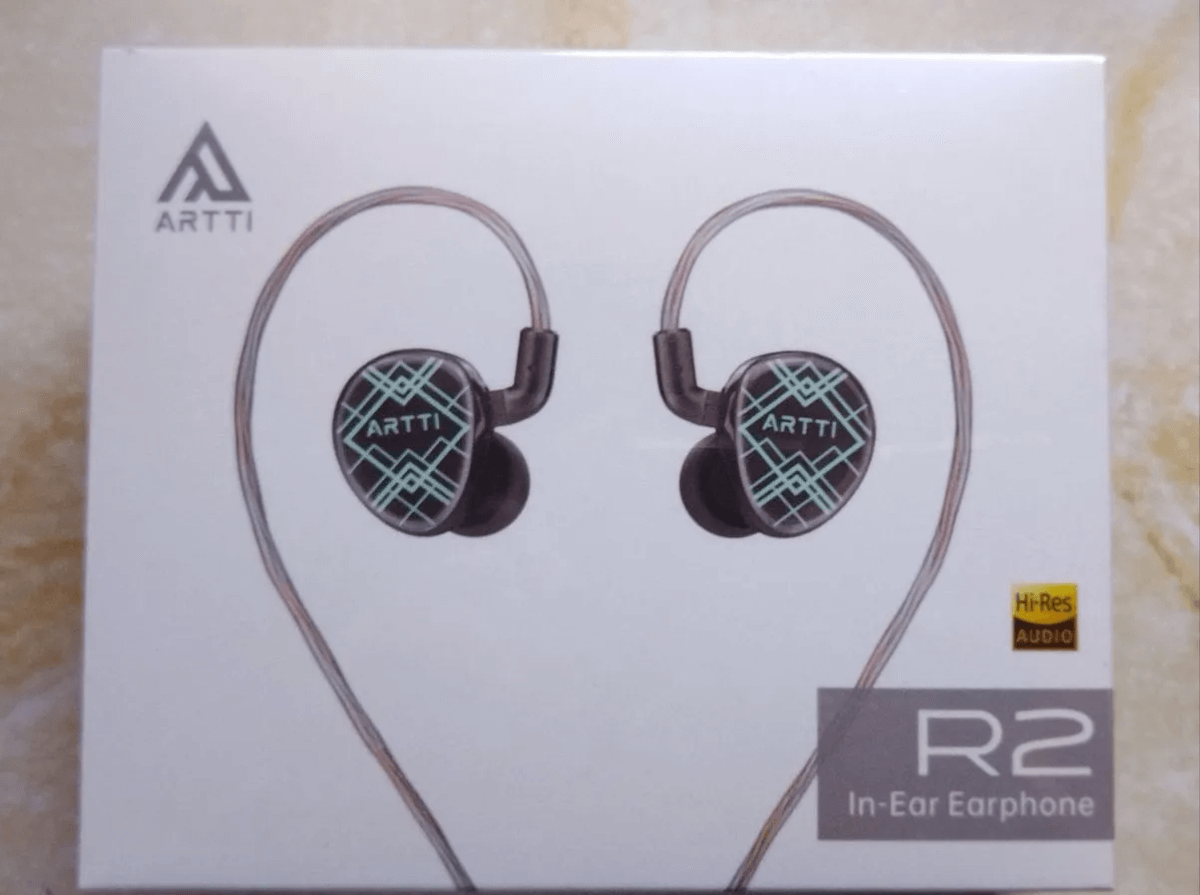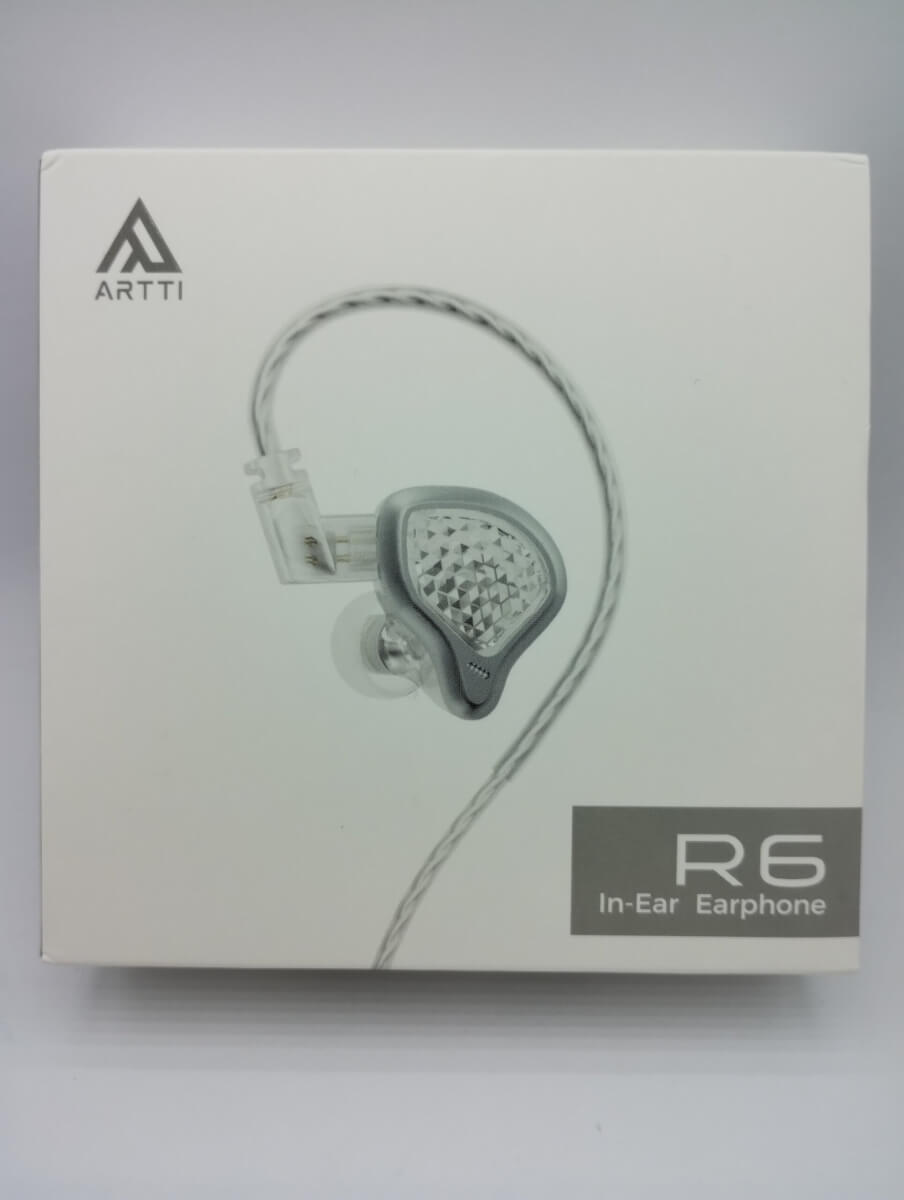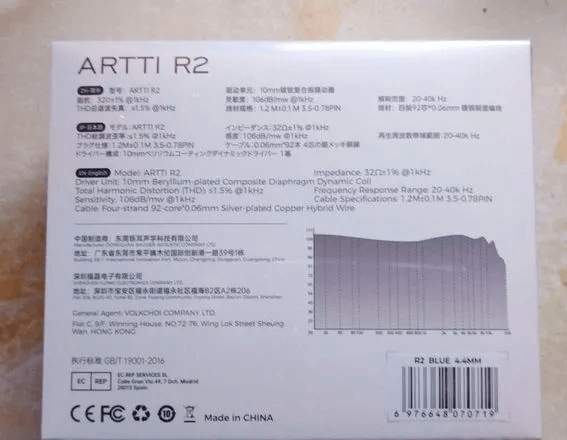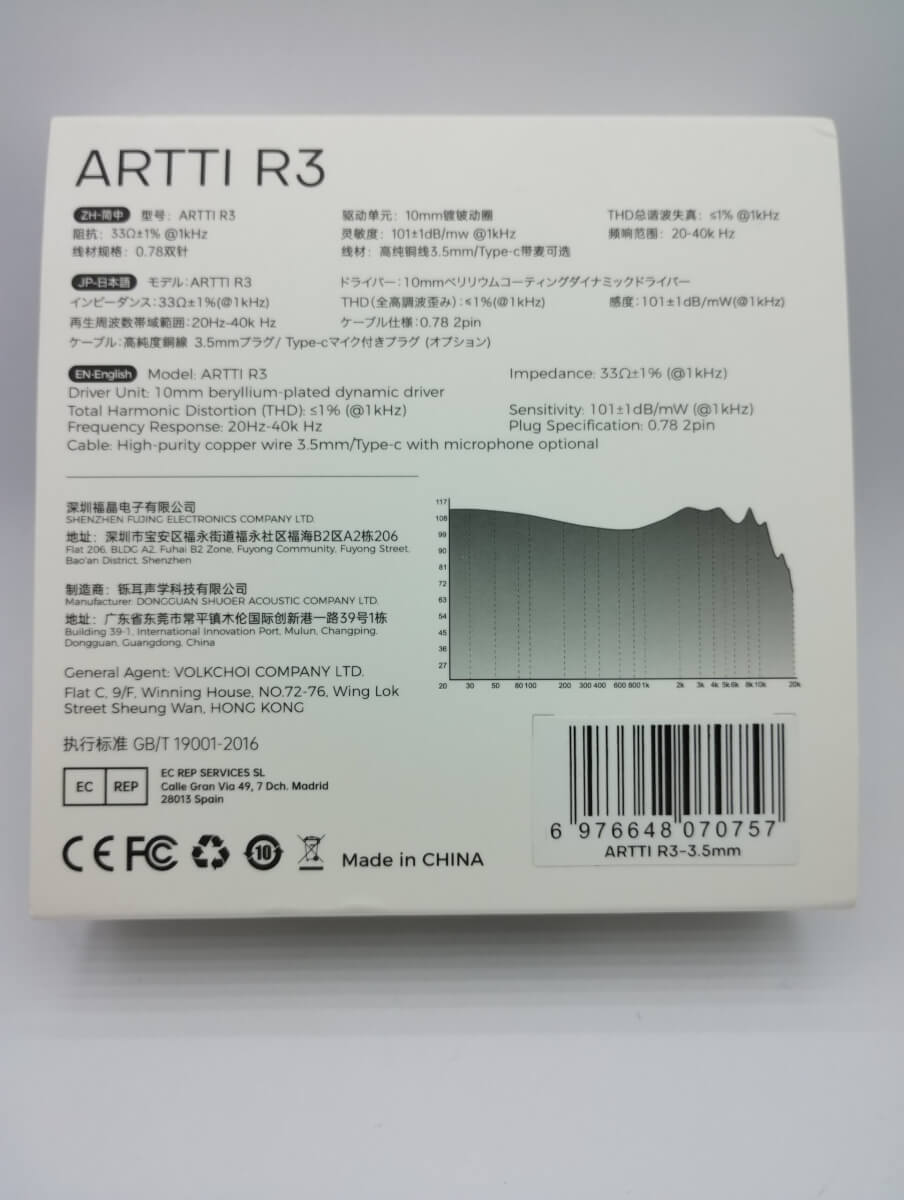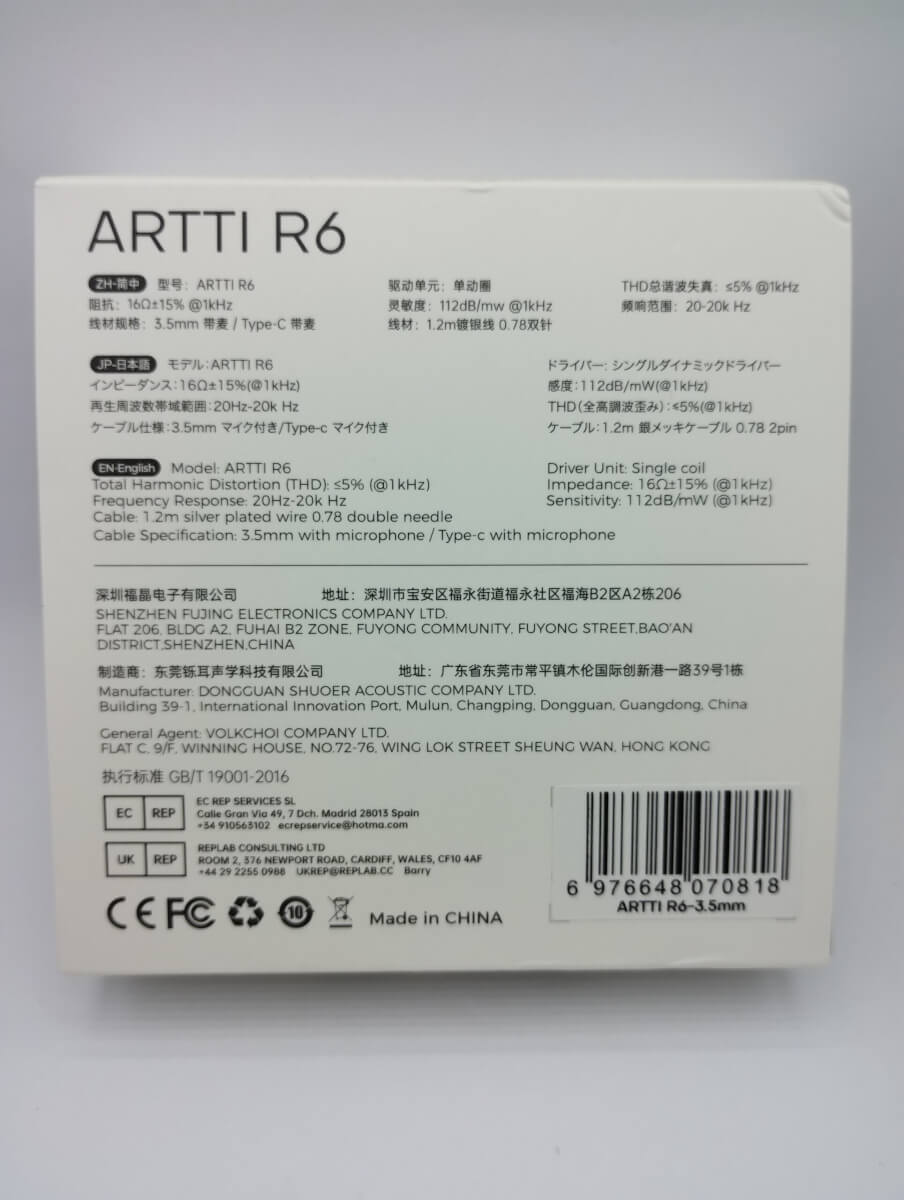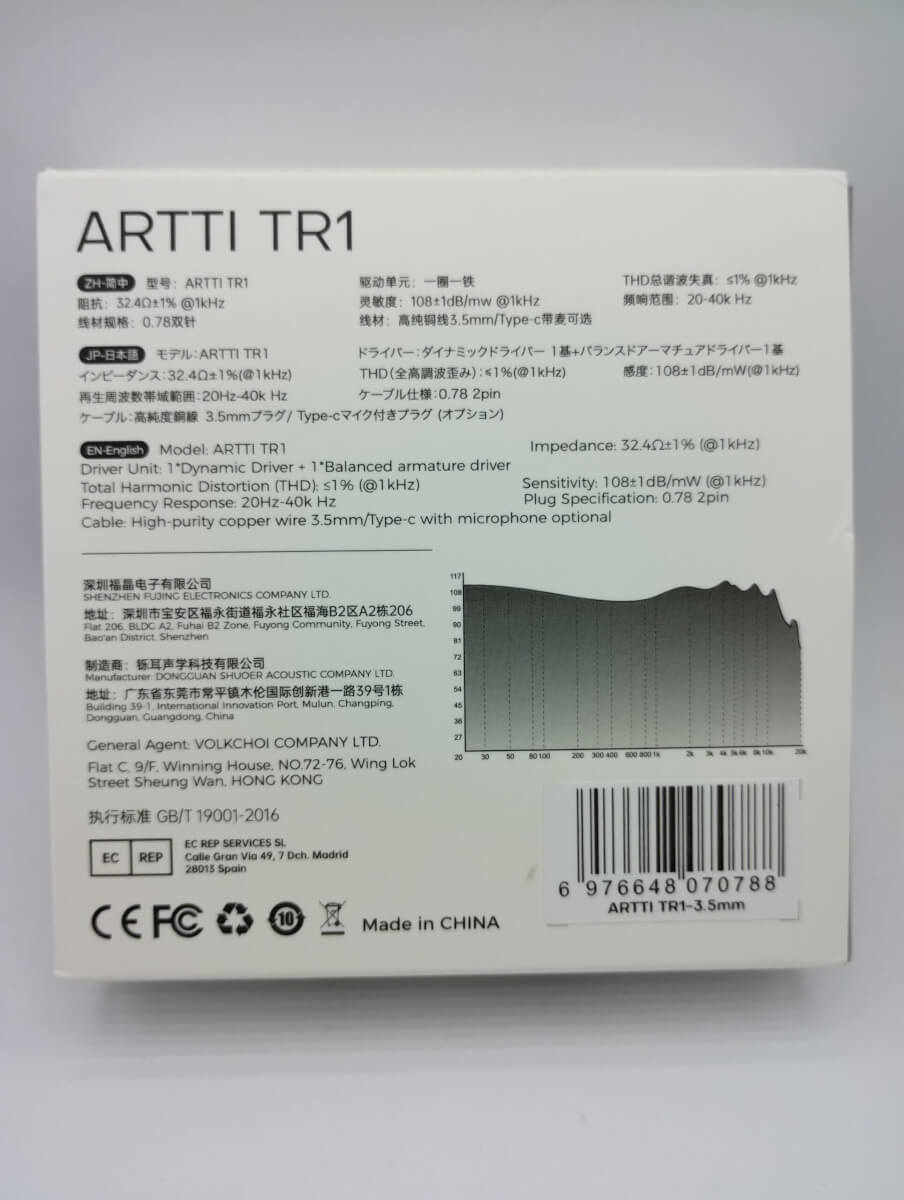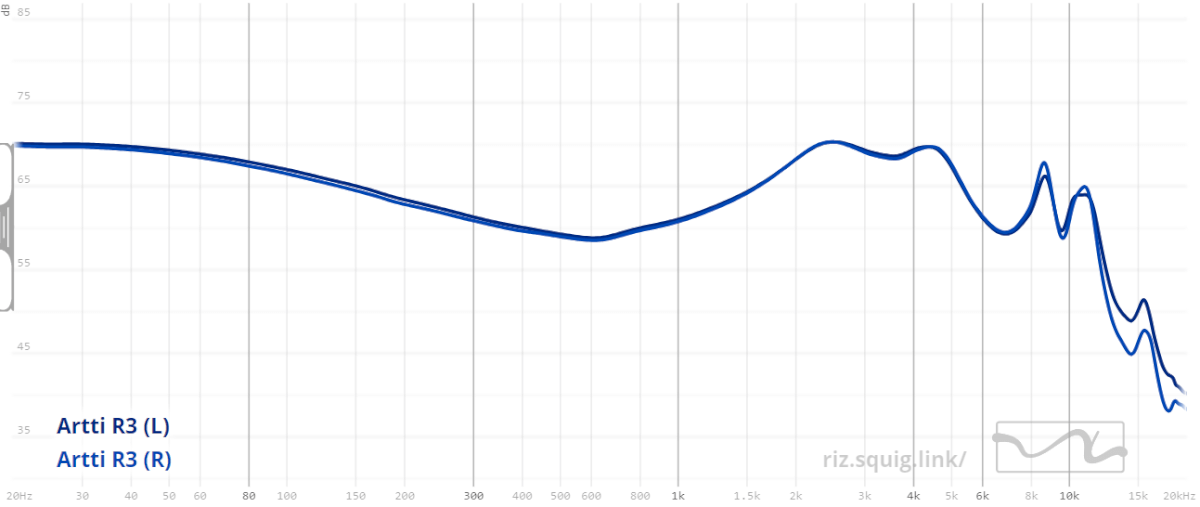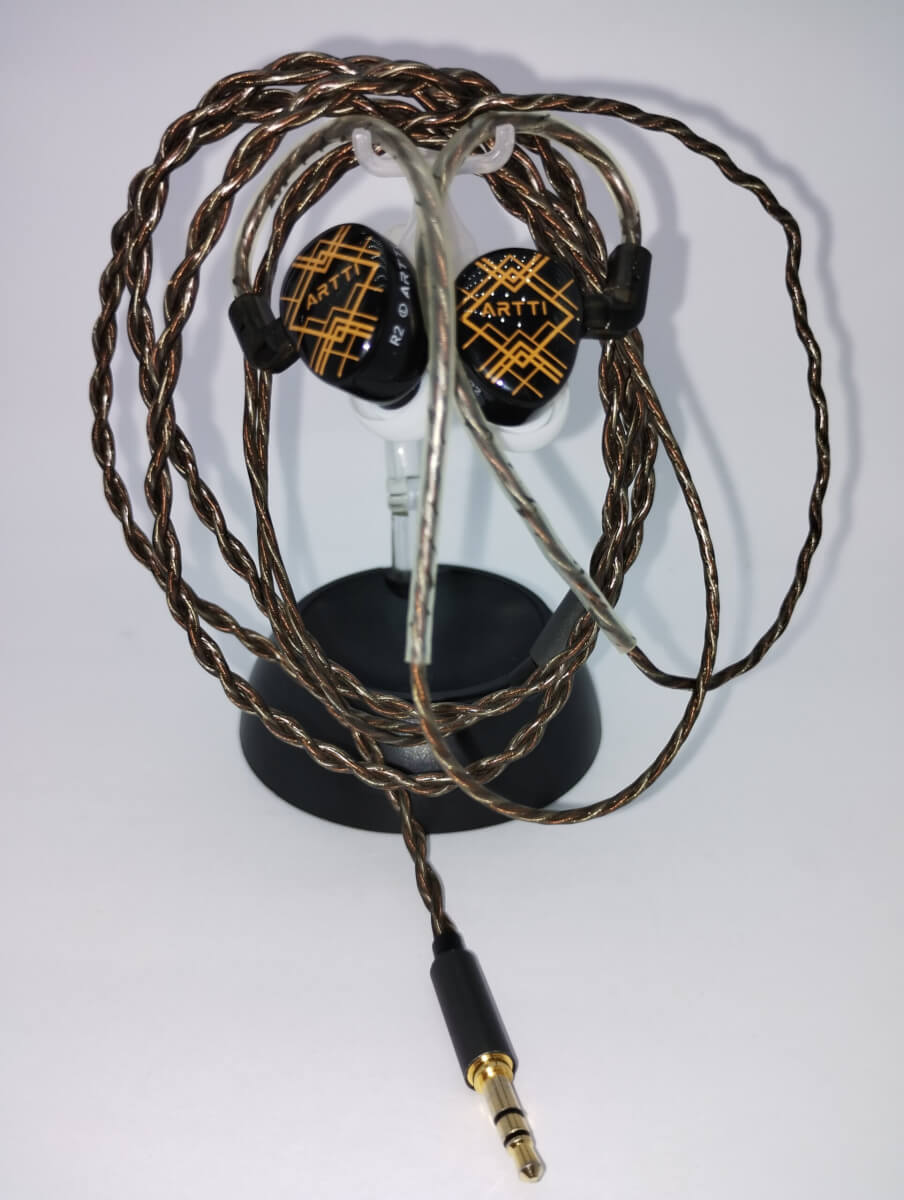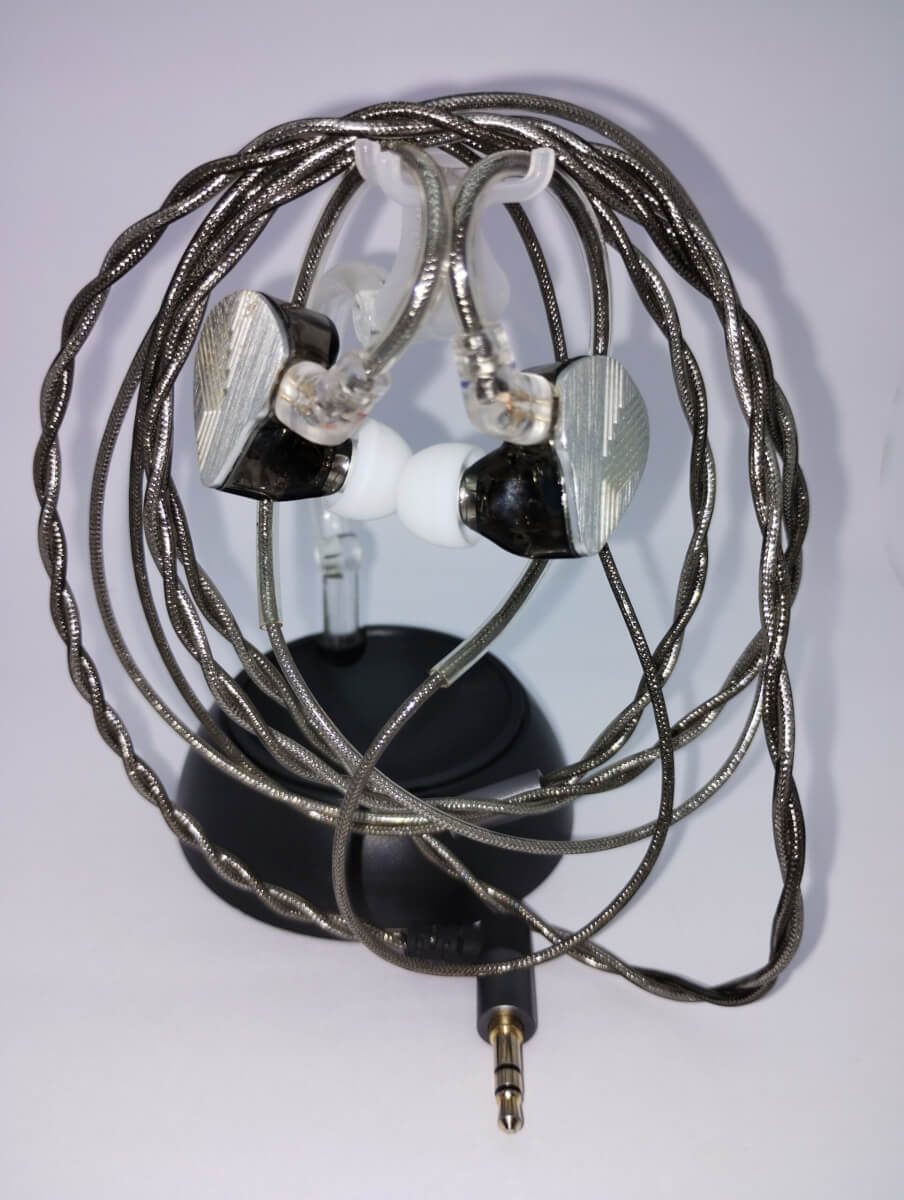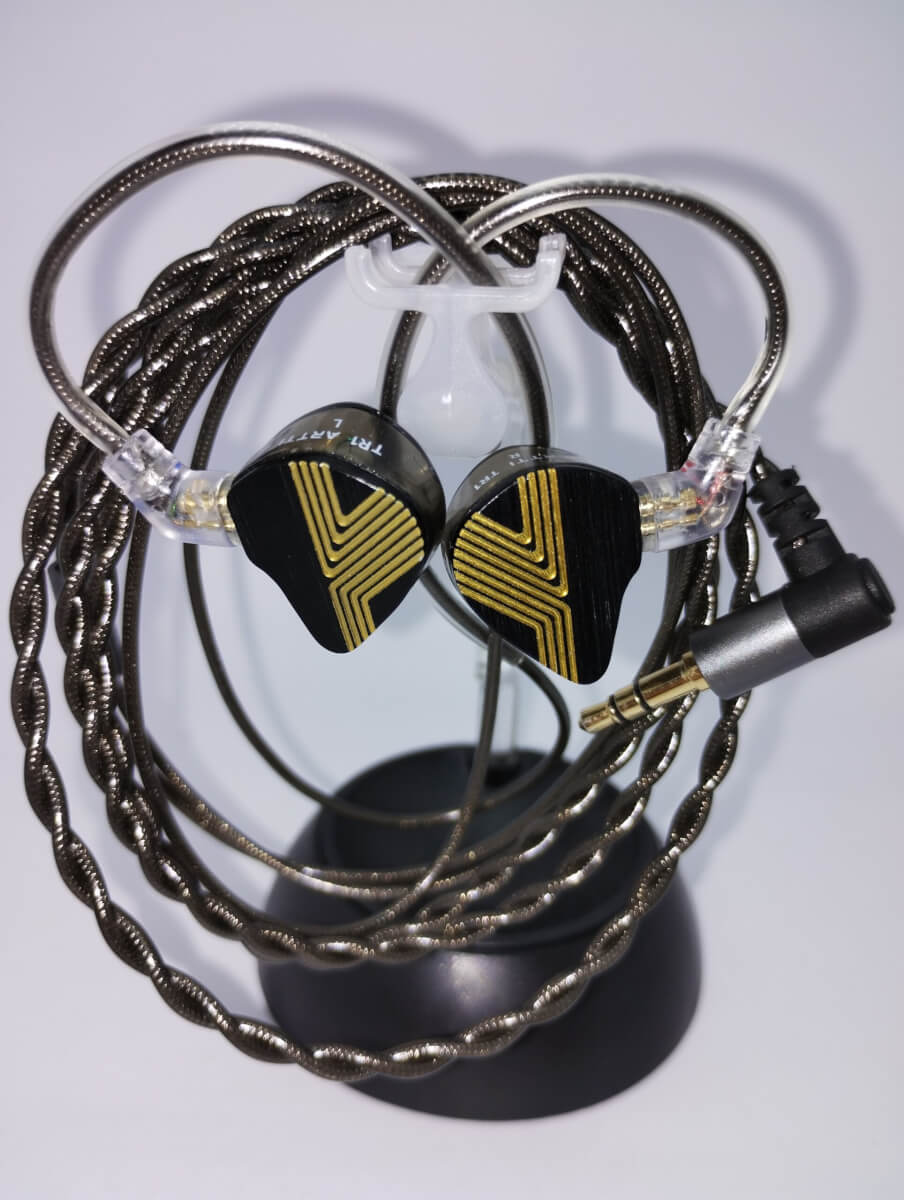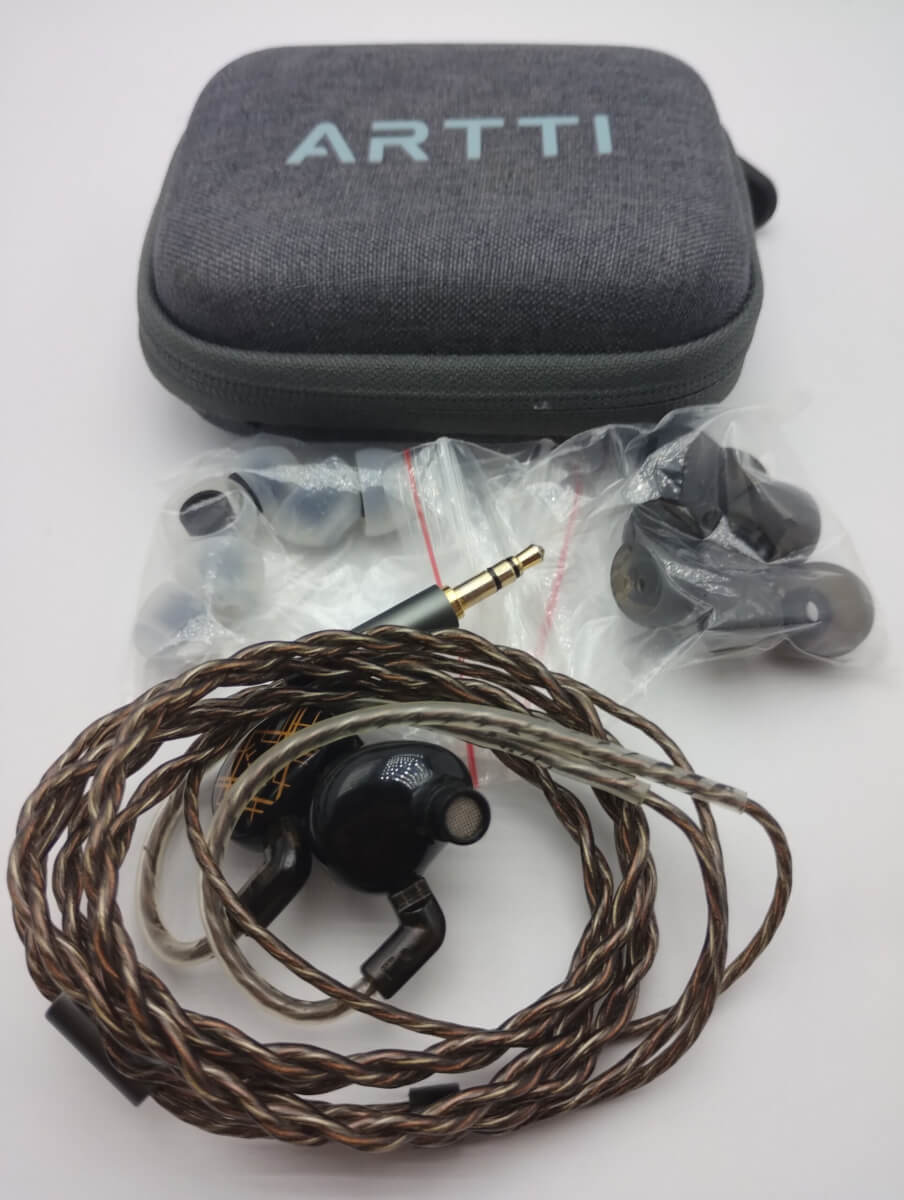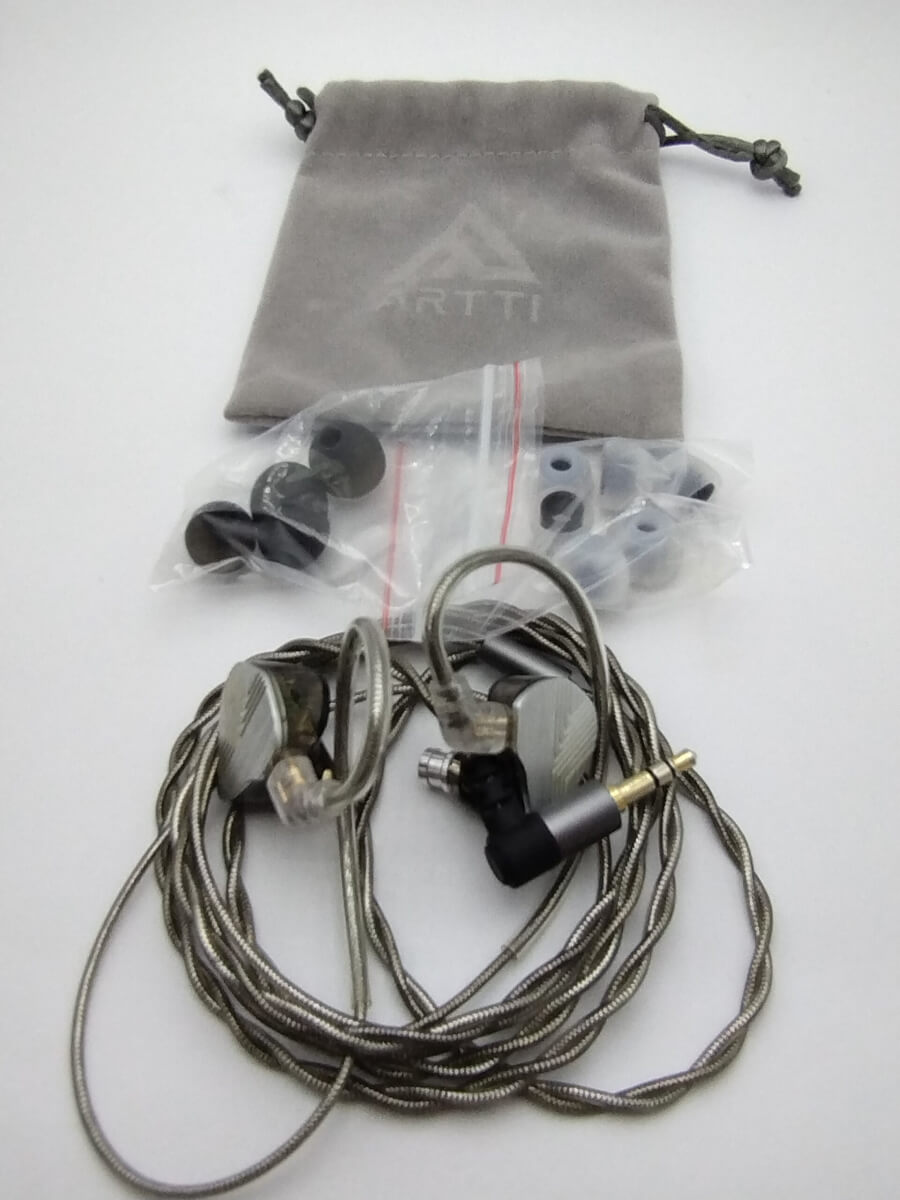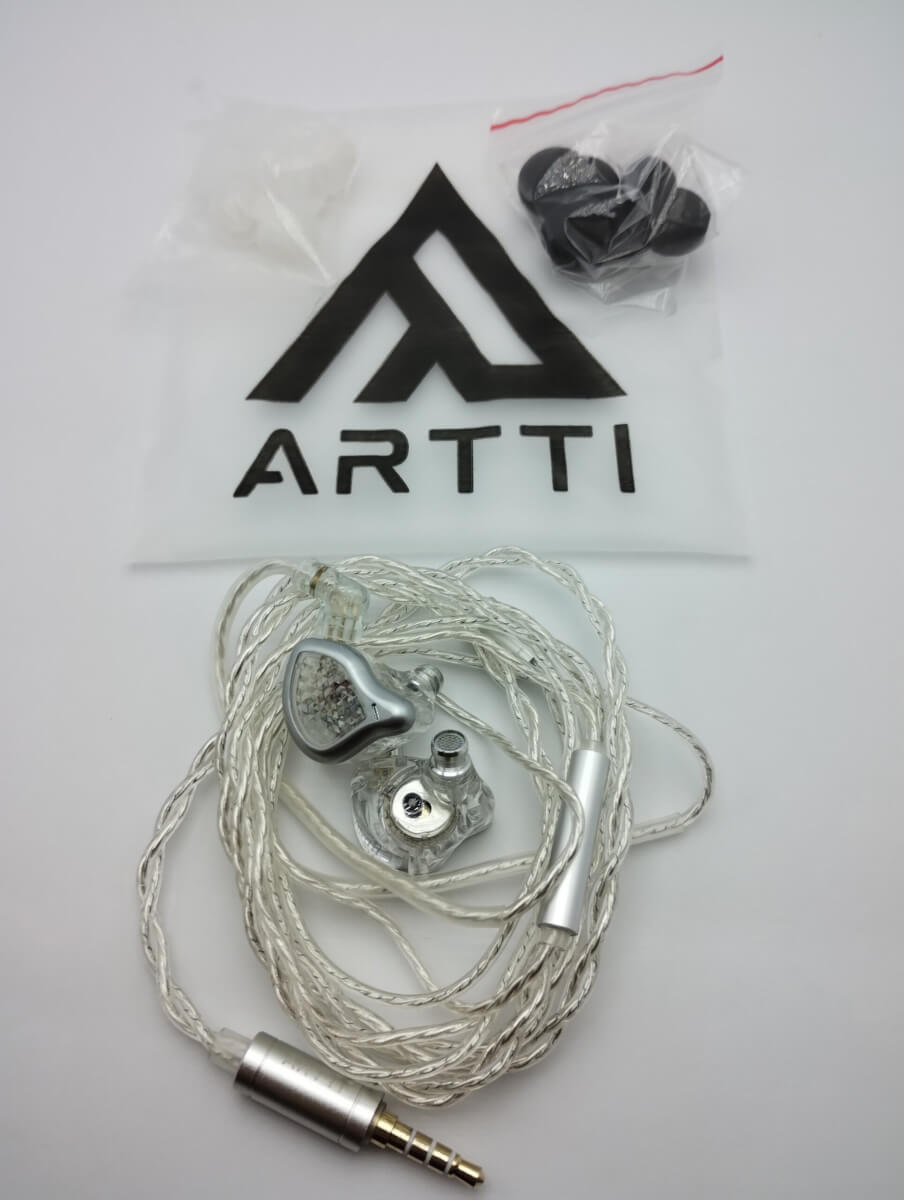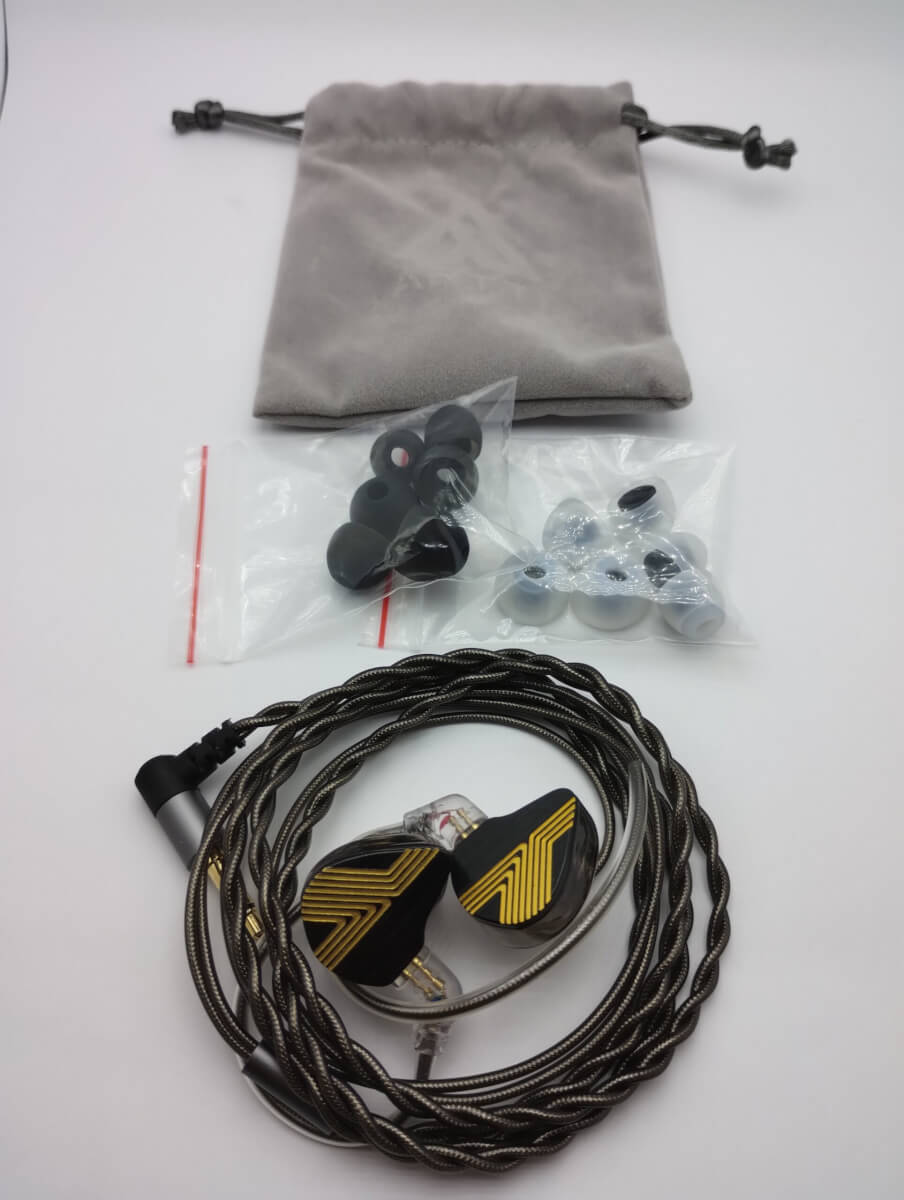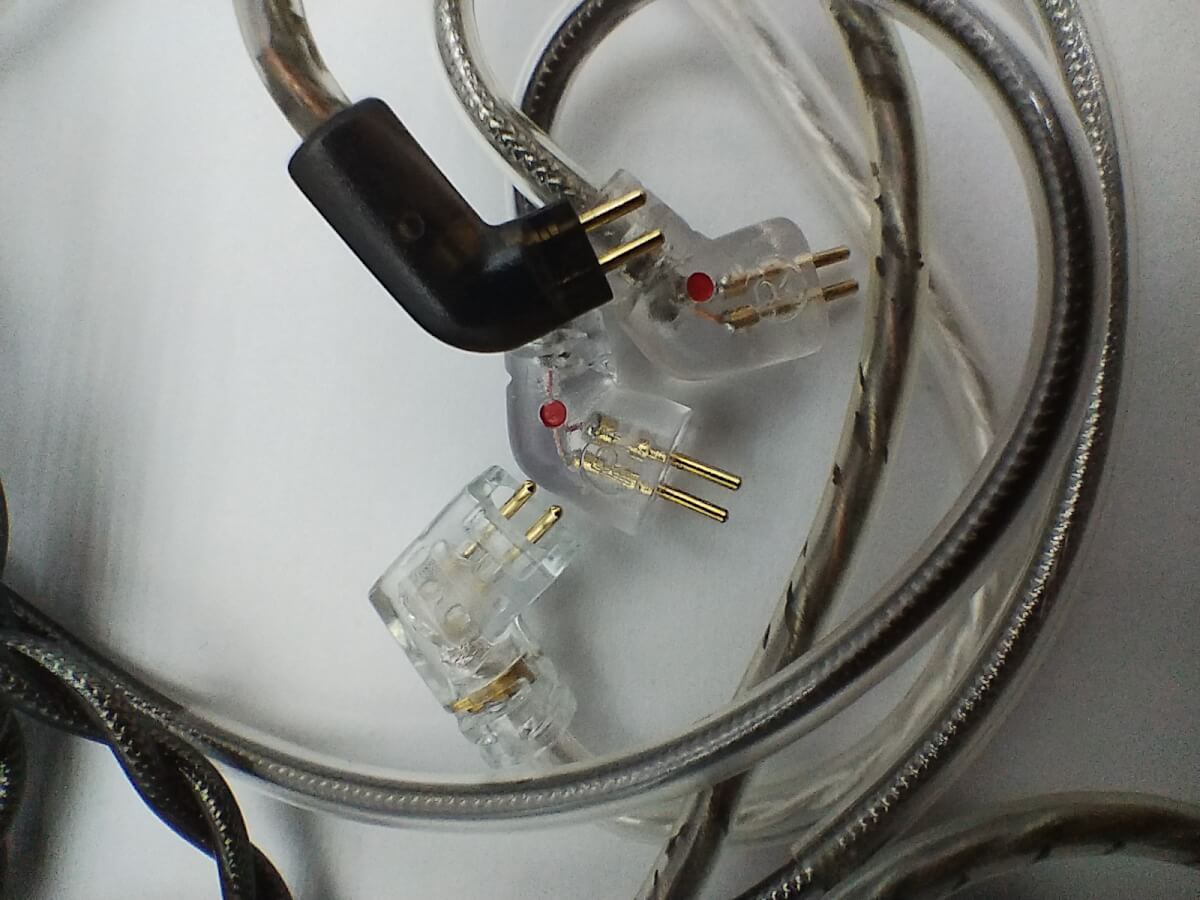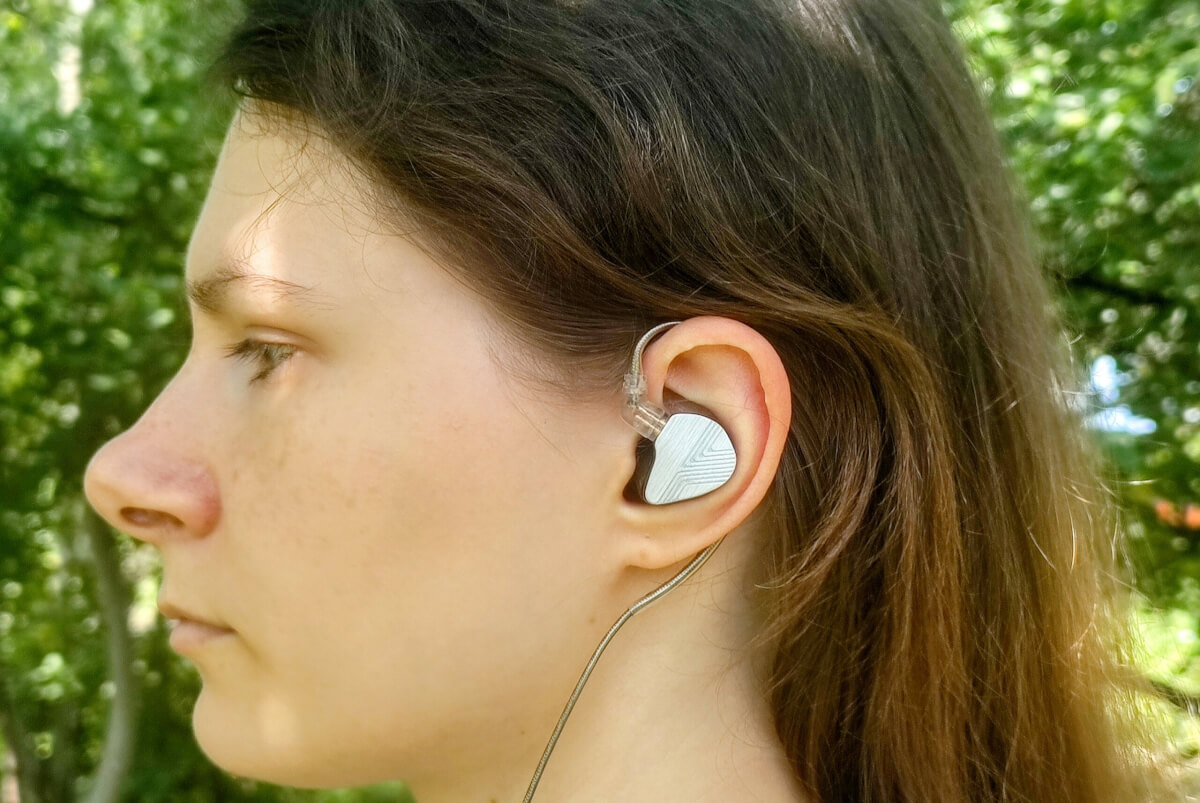When a bunch of headphones are gatheres into one review, it’s quite a big deal ‘cause your ears become the benchmark for their sound quality. You’re responsible for giving an objective take on each model. Right now, I’ve got a whole bunch of wired in-ear headphones from ARTTI on my desk.
So here’s the lineup awaiting review:
ARTTI R2 – Single dynamic driver with beryllium-coated diaphragm, 15-ohm impedance (according to the manufacturer), and 106 dB sensitivity.
ARTTI R3 – Follow-up to the R2, also single-driver with a beryllium diaphragm, 33-ohm impedance, and 101.3 dB sensitivity.
ARTTI R6 – Single dynamic driver, 16-ohm impedance, and 112 dB sensitivity.
ARTTI TR1 – Hybrid with 1DD + 1BA, dynamic driver with beryllium coating, and 32.4-ohm impedance.
ARTTI R2 Came to me without a box. I found the 15-ohm impedance spec on the manufacturer’s site and doubted it because I had to turn the volume way higher than for other earphones in this review. After measuring, it turned out to be 32.4 ohms, double the stated value. After a bit of searching online, I found a pic of the box with the correct 32-ohm spec.
ARTTI R3 – 31 ohms (as per the specs).
ARTTI R6 – 16 ohms.
ARTTI TR1 – 32.4 ohms.
Sound of ARTTI R3 dynamic headphones
After a quick listen to all, the R3 stood out to me. Initially tried on a phone, R2 and TR1 didn’t impress. But on a Hiby R3 Pro player, they sounded way better and engaging.
- Overall Sound: V-shaped, kinda like the Harman curve. Enhanced lows and highs with slightly recessed mids for a bright and dynamic sound.
- Lows: Powerful and deep with impressive attack, giving the bass dynamism and energy. Smooth decays create a sense of warmth. Bass overshadows mids, making the sound rich and enjoyable for bass lovers.
- Mids: Slightly recessed but still clear. Vocals and midrange instruments maintain their presence despite the powerful bass. Both male and female vocals sound natural and harmonious without harshness. Brass instruments keep their unique tone without metallic tint, except for a slight synthetic touch.
- Highs: Bright and expressive, adding transparency and lightness. Highs soften after 6 kHz to avoid excessive brightness and aggression, making them pleasant for long listening sessions.
- Detail retrieval: Nice level of detail retrieval, letting you catch all nuances without highlighting flaws. Even with so-so recording quality, it guarantees a rich and enjoyable listen.
- Soundstage: Medium-sized, not too wide but well-structured. The stage places artists and instruments clearly, giving a sense of 3D space and depth, enhancing the music experience by letting you pinpoint each element in the sound field.
- Conclusion: Great follow-up to the R2. The sound has matured, becoming more emotional. I enjoy rhythmic tracks like Queen’s “We Will Rock You” or Michael Jackson’s “Beat It,” as well as melodic tunes like The Beatles’ “Let It Be” or Adele’s “Someone Like You.”
Sound in Games and Movies:
- Games: The headphones accurately convey the environment and pinpoint interaction objects.
- Movies: Good with a 3D effect.
Sound Rating:
- Sound under $50 — 9 out of 10
- Sound under $100 — 7 out of 10
Comparison with ARTTI Models – R2, R6, and TR1
- ARTTI R2
- ARTTI R2: Sounds more damped and linear, with less pronounced accents and limited detail retrieval compared to the R3. R3 offers a more dynamic and rich sound with prominent lows and highs, creating a sense of air and volume. Overall, R3 is more expressive and detailed than R2.
- ARTTI R6: I got a version with an in-line mic, making them handy as a headset. As a headset, I liked them more since they have almost no sub-bass, and mid-bass is subdued, highlighting mids and highs better. Compared to the R3, the R6 is less bassy but better for calls.
- ARTTI TR1: Like the R2, lacks air in the sound, especially in the lows and mids. These frequencies feel less vibrant. However, the highs on TR1 are broader due to the tweeter, making the sound feel dry and unemotional.
Design, Package, and Comfort
- Packaging: Comes in the same boxes with different headphone images on the front and comprehensive specs on the back. The boxes are square but geometrically rectangular, making them tricky to close on the first try.
- Headphones: Unique faceplates and tech solutions. All have ergonomic housings for long-wear comfort. The nozzles are at the right angle, allowing the stock ear tips to dampen external noise. The nozzles have meshes to block dirt. R3, R6, and TR1 have two compensation holes each: one near the nozzle, covered with a fabric flap, and the other in the driver chamber, uncovered and varying in size per model, showing ARTTI’s engineering work.
- Cables: Different colors to match faceplate designs: R2 – plain brown, R3 – silver, R6 – white with silver wire, TR1 – black with silver. Structurally thin with a single wire per channel. Thin but practical for the price range. Soft yet springy, they tend to tangle. Stay soft in the cold. All connectors have faint L/R markings, which fade over time. Lost a point here.
- Ear Tips: Two sets of quality tips in black and white.
- Case: Only the R2 has a proper case. R3 and TR1 have fabric pouches, and R6 just a plastic bag. Lost a point here too.
- Package: Minimalist but sufficient.
- Material quality – 7 out of 10
- Design – 8 out of 10
- Comfort – 8 out of 10
Features
All specs are shown in the photos at the beginning of the review.
What’s in the box?
- Headphones.
- 2 sets of ear cushions.
- Wire with a choice of Type C or Jack 3.5 mm.
- Pouch.
- Instructions and QA form.
Conclusion
ARTTI R3 is a great choice for those starting in the audiophile world. These headphones offer powerful bass, adding depth and expressiveness to genres like electronic, hip-hop, and pop. But don’t think they’re limited to bass-heavy genres. ARTTI R3 is versatile and handles rock, jazz, and classical well. Even seasoned music lovers will appreciate the high sound quality at an affordable price. The manufacturer focused on a quality driver, achieving clear and detailed sound.



